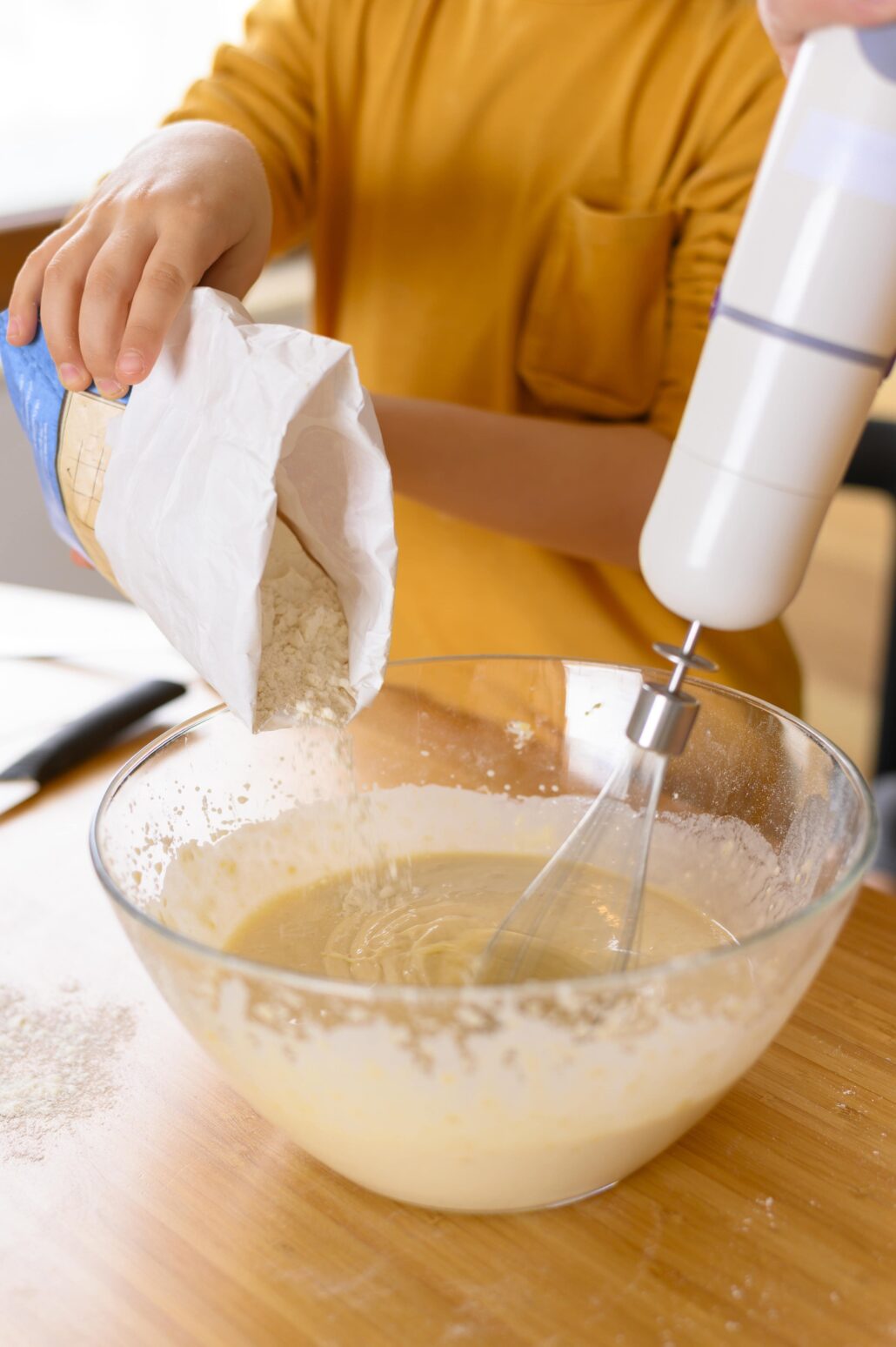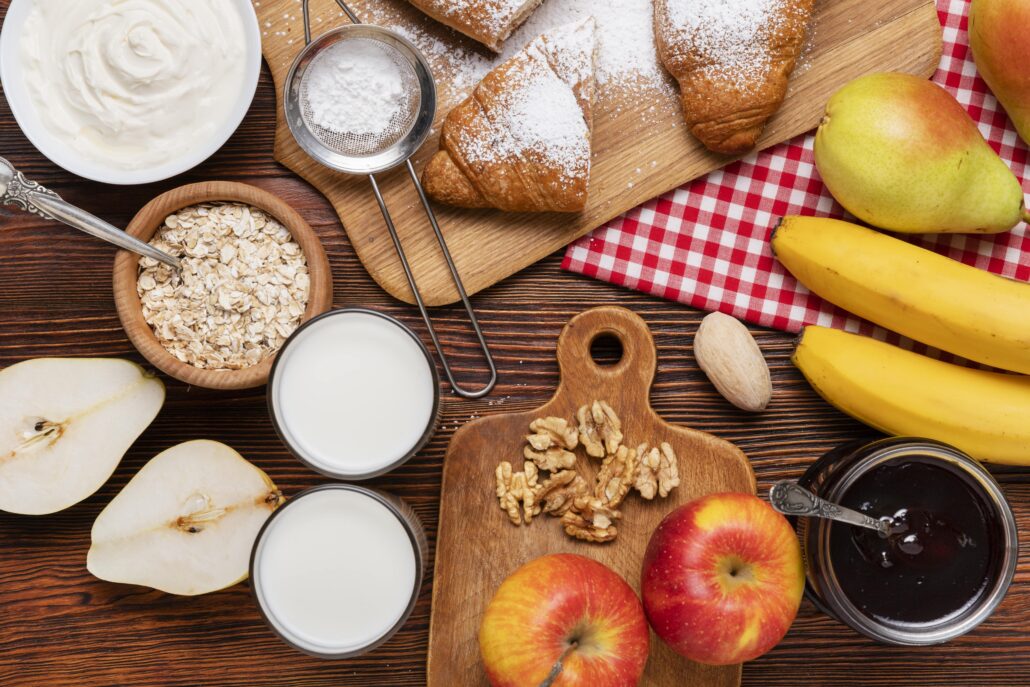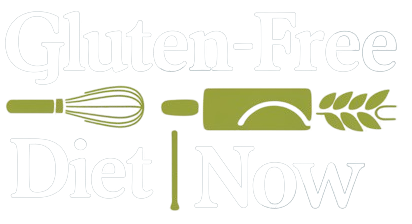
Introduction
- What is Gluten-Free Baking?
- Why Understanding the Science Matters
Understanding Gluten and Its Role
- What is Gluten?
- Definition and Composition
- Gluten’s Role in Baking
- Effects of Gluten-Free Diets
- Health Reasons for Avoiding Gluten
- Impact on Baking
The Science of Gluten-Free Flour
- Types of Gluten-Free Flours
- Rice Flour
- Almond Flour
- Chickpea Flour
- Tapioca Flour
- Nutritional Differences
- Protein Content
- Fiber Content
Binders and Stabilizers in Gluten-Free Baking
- Why Binders Are Needed
- Role of Xanthan Gum
- Role of Guar Gum
- Other Stabilizers
- Psyllium Husk
- Gelatin
Leavening Agents for Gluten-Free Baking
- Yeast vs. Chemical Leaveners
- How Yeast Works
- Chemical Leaveners (Baking Powder and Soda)
- Alternative Leavening Techniques
- Using Vinegar and Baking Soda
- Effectiveness of Club Soda
Mixing and Kneading Techniques
- How to Mix Gluten-Free Dough
- Mixing Methods
- Avoiding Over-Mixing
- Kneading vs. No-Knead Techniques
- Impact on Texture
- Best Practices for Gluten-Free Dough
Proofing and Rising in Gluten-Free Baking
- How to Proof Gluten-Free Dough
- Proofing Methods
- Common Issues and Solutions
- Rising Techniques
- Using a Warm Environment
- Adjusting for Different Recipes
Common Issues and Solutions
- Dense or Heavy Bread
- Possible Causes
- How to Fix It
- Dry or Crumbly Texture
- Possible Causes
- How to Fix It
- Uneven Baking
- Possible Causes
- How to Fix It
Recipes and Techniques to Try
- Basic Gluten-Free Bread Recipe
- Ingredients
- Step-by-Step Instructions
- Gluten-Free Pizza Dough
- Ingredients
- Step-by-Step Instructions
- Gluten-Free Muffins
- Ingredients
- Step-by-Step Instructions
Conclusion
- Summary of Key Points
- Encouragement to Experiment
FAQs
- Can I use regular flour in place of gluten-free flour?
- What’s the best way to store gluten-free baked goods?
- How can I make gluten-free bread rise better?
- Are there any substitutes for xanthan gum?
- Can I freeze gluten-free bread and other baked goods?
The Science Behind Gluten-Free Baking

Introduction
Welcome to the fascinating world of gluten-free baking! Whether you’re baking out of necessity or curiosity, understanding the science behind it can make a world of difference. Gluten-free baking might seem tricky at first, but grasping the underlying science can help you achieve delicious results every time.
Understanding Gluten and Its Role
What is Gluten?
Definition and Composition: Gluten is a group of proteins found in wheat, barley, and rye. It’s what gives bread its chewy texture and helps it rise. When mixed with water, gluten forms a sticky network that traps air bubbles, allowing the dough to rise and become airy.
Gluten’s Role in Baking: In traditional baking, gluten plays a crucial role. It provides structure, elasticity, and chewiness to baked goods. Without gluten, baked goods can turn out dense and crumbly, which is why gluten-free baking requires a different approach.
Effects of Gluten-Free Diets
Health Reasons for Avoiding Gluten: For individuals with celiac disease or gluten sensitivity, consuming gluten can lead to serious health issues, including digestive problems and inflammation. A gluten-free diet is essential for managing these conditions and promoting overall well-being.
Impact on Baking: Gluten-free baking can be a challenge because you’re missing out on the protein network that gluten provides. To compensate, you need to use alternative ingredients and techniques to achieve similar results.
The Science of Gluten-Free Flour
Types of Gluten-Free Flours
Rice Flour: Rice flour is a popular gluten-free option. It’s lightweight and has a neutral flavor, making it ideal for various baked goods. However, it can sometimes produce a gritty texture if used alone.
Almond Flour: Made from finely ground almonds, almond flour adds a rich, nutty flavor and moist texture to baked goods. It’s high in protein and healthy fats, which contribute to a more substantial, moist loaf.
Chickpea Flour: Chickpea flour, or besan, is another excellent gluten-free option. It’s high in protein and fiber, which can help provide a denser, more filling texture in bread and other baked items.
Tapioca Flour: Tapioca flour, derived from cassava root, adds chewiness and elasticity to gluten-free dough. It helps bind ingredients together and improves the texture of the final product.
Nutritional Differences
Protein Content: Gluten-free flours vary in protein content. Almond and chickpea flours are higher in protein compared to rice flour, which can affect the structure and texture of your baked goods.
Fiber Content: Fiber content also differs between gluten-free flours. Chickpea flour is high in fiber, which can help with texture and moisture retention in your recipes.
Binders and Stabilizers in Gluten-Free Baking
Why Binders Are Needed
Role of Xanthan Gum: Xanthan gum is a common binder used in gluten-free baking. It mimics the elasticity that gluten provides, helping to hold the dough together and improve the texture of your baked goods.
Role of Guar Gum: Guar gum is another effective binder. It helps to thicken and stabilize dough, and is often used in combination with xanthan gum for better results.
Other Stabilizers
Psyllium Husk: Psyllium husk is a natural fiber that helps improve the texture and structure of gluten-free bread. It adds moisture and elasticity, which can prevent your bread from becoming too dry or crumbly.
Gelatin: Gelatin can be used as a stabilizer in gluten-free baking. It provides a chewy texture and helps to improve the overall consistency of your baked goods.
Leavening Agents for Gluten-Free Baking
Yeast vs. Chemical Leaveners
How Yeast Works: Yeast is a living organism that ferments and produces carbon dioxide gas, causing the dough to rise. In gluten-free baking, yeast can be used to create light and airy bread if used correctly.
Chemical Leaveners (Baking Powder and Soda): Baking powder and baking soda are chemical leaveners that react with acidic ingredients to produce carbon dioxide gas. They are essential in gluten-free baking to help the dough rise and achieve a light texture.
Alternative Leavening Techniques
Using Vinegar and Baking Soda: A combination of vinegar and baking soda can be an effective leavening agent in gluten-free baking. The acid in vinegar reacts with the baking soda to create bubbles that help the dough rise.
Effectiveness of Club Soda: Club soda can also be used as a leavening agent. Its carbonation helps to lighten the texture of gluten-free baked goods.
Mixing and Kneading Techniques
How to Mix Gluten-Free Dough
Mixing Methods: Gluten-free dough often requires different mixing methods compared to traditional dough. Mix until the ingredients are just combined to avoid a dense or gummy texture.
Avoiding Over-Mixing: Over-mixing gluten-free dough can result in a tough texture. Mix gently and only until combined to ensure a light and airy final product.
Kneading vs. No-Knead Techniques
Impact on Texture: Traditional kneading helps develop gluten, but gluten-free dough doesn’t need this. No-knead techniques can be used to achieve a good texture without overworking the dough.
Best Practices for Gluten-Free Dough: Use a light hand when handling gluten-free dough. Focus on proper mixing and proofing to achieve the best results.
Proofing and Rising in Gluten-Free Baking
How to Proof Gluten-Free Dough
Proofing Methods: Proofing gluten-free dough involves allowing it to rise in a warm, draft-free environment. Cover the dough with a damp cloth and let it rise until doubled in size.
Common Issues and Solutions: If your dough isn’t rising, check the freshness of your yeast and ensure the proofing environment is warm enough. Try increasing the proofing time if needed.
Rising Techniques
Using a Warm Environment: A warm environment helps yeast and other leavening agents work effectively. Use an oven with the light on or a warm, non-drafty area for proofing.
Adjusting for Different Recipes: Different recipes may require adjustments in rising times and techniques. Follow specific recipe instructions for the best results.
Common Issues and Solutions
Dense or Heavy Bread
Possible Causes: Dense bread can result from using too much flour, inadequate leavening, or under-proofing.
How to Fix It: Ensure accurate measurements and proper proofing. Adjust your flour blend and leavening agents to achieve a lighter texture.
Dry or Crumbly Texture
Possible Causes: Dry bread can be caused by insufficient moisture or overbaking.
How to Fix It: Increase the liquid in your recipe and check baking times. Add ingredients like yogurt or applesauce for moisture.
Uneven Baking
Possible Causes: Uneven baking can result from an improperly heated oven or uneven dough distribution.
How to Fix It: Preheat your oven properly and use a baking thermometer for accurate temperatures. Spread the dough evenly in the pan and rotate the pan halfway through baking if necessary.
Recipes and Techniques to Try
Basic Gluten-Free Bread Recipe
Ingredients: Gluten-free flour blend, eggs, milk (or dairy-free alternative), yeast, sugar, salt, and oil.
Step-by-Step Instructions: Mix dry ingredients, add wet ingredients, and combine thoroughly. Allow the dough to rise before baking in a preheated oven. Cool before slicing.
Gluten-Free Pizza Dough
Ingredients: Gluten-free flour blend, yeast, olive oil, warm water, salt, and sugar.
Step-by-Step Instructions: Combine ingredients, knead until smooth, and let rise. Roll out the dough and bake with your favorite toppings for a delicious gluten-free pizza.
Gluten-Free Muffins
Ingredients: Gluten-free flour blend, eggs, sugar, milk (or dairy-free alternative), baking powder, and fruit or nuts.
Step-by-Step Instructions: Mix dry and wet ingredients separately, then combine. Spoon batter into muffin cups and bake until golden brown and a toothpick comes out clean.
Conclusion
Understanding the science behind gluten-free baking can transform your approach to this delicious and inclusive way of cooking. With the right ingredients, techniques, and a bit of experimentation, you can achieve fantastic results that rival traditional baked goods. Happy baking!
FAQs
- Can I use regular flour in place of gluten-free flour?
No, regular flour contains gluten, which is essential for traditional bread. Gluten-free flour blends are designed to replace gluten and provide the right texture for baking. - What’s the best way to store gluten-free baked goods?
Store gluten-free baked goods in an airtight container at room temperature for a few days. For longer storage, freeze slices and thaw or toast as needed. - How can I make gluten-free bread rise better?
To improve rising, ensure proper proofing conditions and use effective leavening agents. Experiment with different flour blends and adjust your recipe as needed. - Are there any substitutes for xanthan gum?
Yes, guar gum and psyllium husk can be used as alternatives. Test different options to find what works best for your recipes. - Can I freeze gluten-free bread and other baked goods?
Yes, gluten-free bread and baked goods freeze well. Wrap them in freezer-safe bags and thaw at room temperature or toast from frozen.
